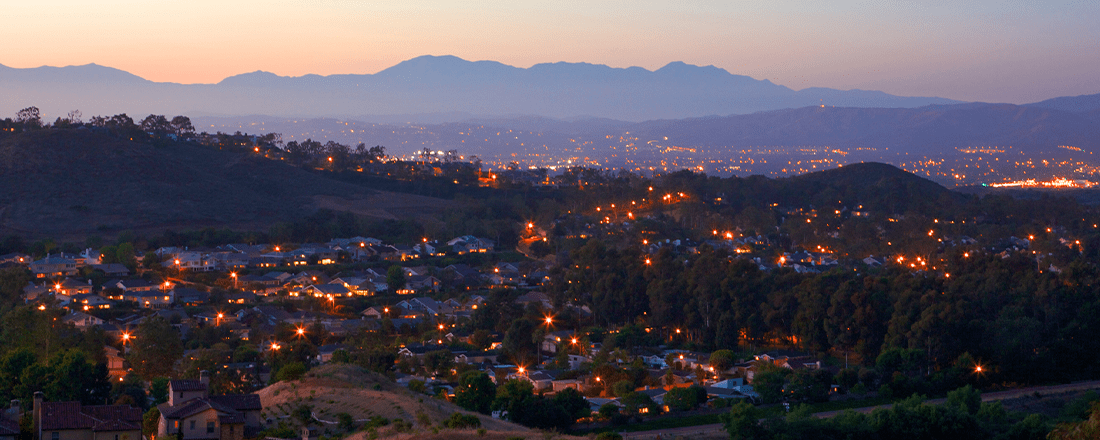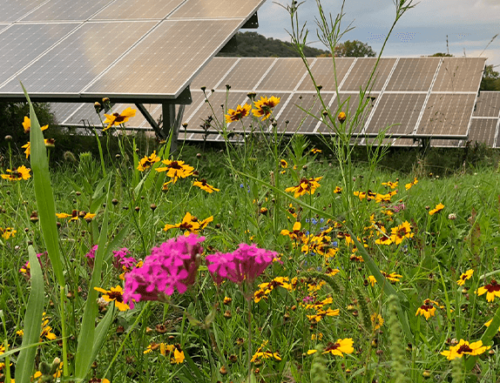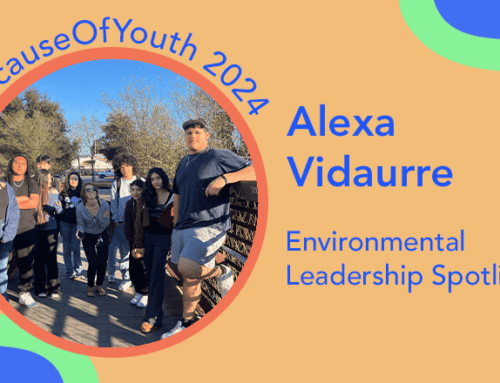California’s peak energy demand happens between 4 and 9 p.m. Learn more about electricity peak hours and how you can “reduce your use!”
● How electricity peak hours work
● Why electricity peak hours matter
● How to reduce energy use during peak hours
California has one of the most complex and innovative electricity grids in the world. With a population of 39 million, California needs a vast amount of electricity to power its homes, businesses, and industries, making it the second-largest electricity consumer of all U.S. states. Learn about electricity peak hours and why a reduction in consumption during those hours is vital for California’s goal to reach 100% clean electricity by 2045.
What are electricity peak hours?
Electricity peak hours are the times of day when homes, businesses, and industries across California are using the most electricity. California’s peak hours occur from 4−9 p.m., when people are returning home from work to make dinner and turning on lights, appliances, and their air-conditioning or heating system.
Why do peak hours matter?
During peak hours, California’s electricity grid is under the highest electricity demand, which coincides with the time of the day when solar power production drops off as the sun sets. Without energy conservation during peak hours, California often relies on the most expensive and polluting fossil fuel power plants to meet demand. Fossil fuel power plants create hazardous air pollution in local communities and emit greenhouse gasses to the atmosphere that worsen the effects of climate change.
What is California doing to address peak hours?
In March 2022, California launched a statewide initiative to address peak hours by transitioning residential customers to a rate plan that rewards customers for shifting their electricity use out of peak hours, known as a Time of Use (TOU) rate plan. With TOU, electricity rates are cheaper during off-peak hours (all hours outside 4−9 p.m.) and are more expensive during the peak hours , encouraging customers to shift their energy use to cheaper hours when more renewable energy is available.
Customers who make this shift help reduce grid strain, lowering the risk of outages and helping California reduce greenhouse gas emissions. Learn more about the TOU transition and your rate options.
What do peak hours mean for you?
Now that you know about peak hours, you can time your electricity use to maximize benefits for yourself and your community. If you use less electricity from 4−9 p.m., you can:
- Significantly lower your electricity bill.
- Reduce air pollution.
- Decrease the likelihood of power outages.
- Support California’s transition to a climate-friendly future.
How can I shift my electricity use out of peak hours?
Adopt the following practices for more green in your pocket and in our clean energy future.
Things to do during off-peak hours (all hours outside 4−9 p.m.):
- Run appliances such as the dishwasher and washers/dryers.
- Run your air conditioner to pre cool your home.
- Charge your EV or battery storage devices.
Things to do during peak hours (4−9 p.m.).
- Health permitting, turn your thermostat up.
- Turn off charging or unused devices such as televisions and computers.
- Don’t charge your EV.
Discover more peak hour electricity practices at mceCleanEnergy.org/4-9/.






